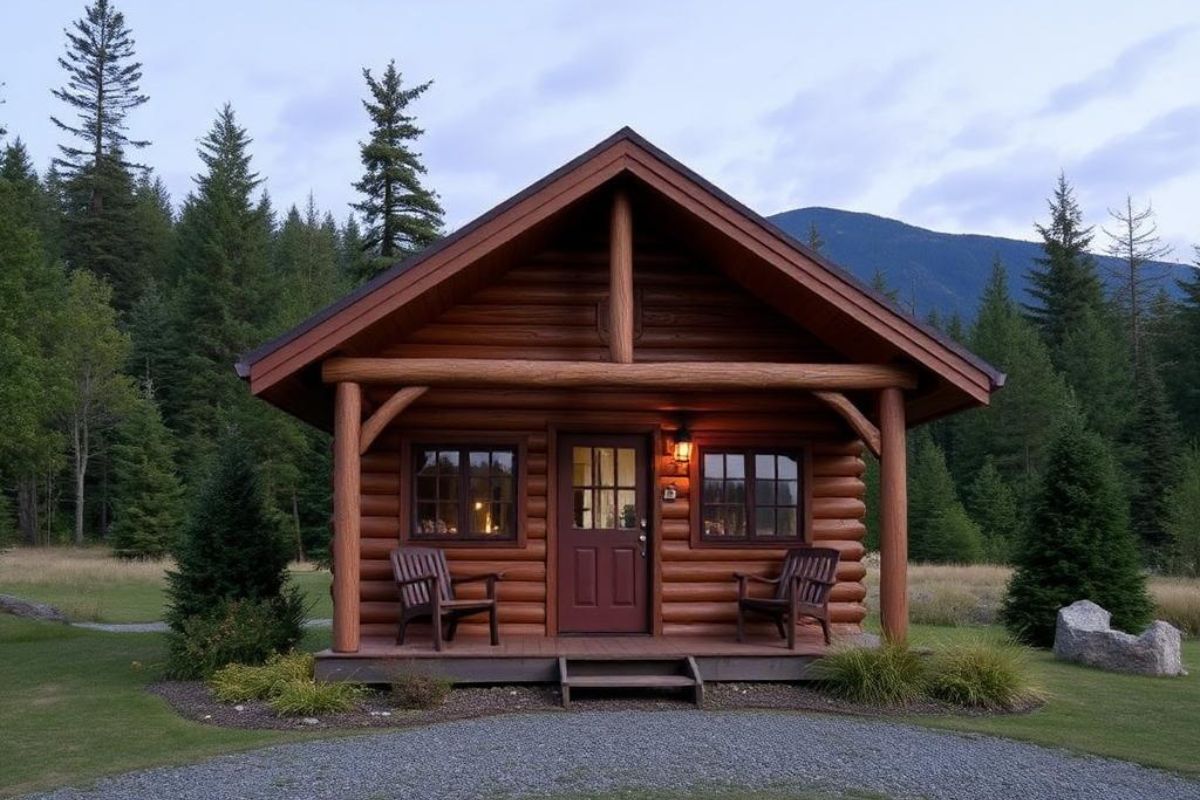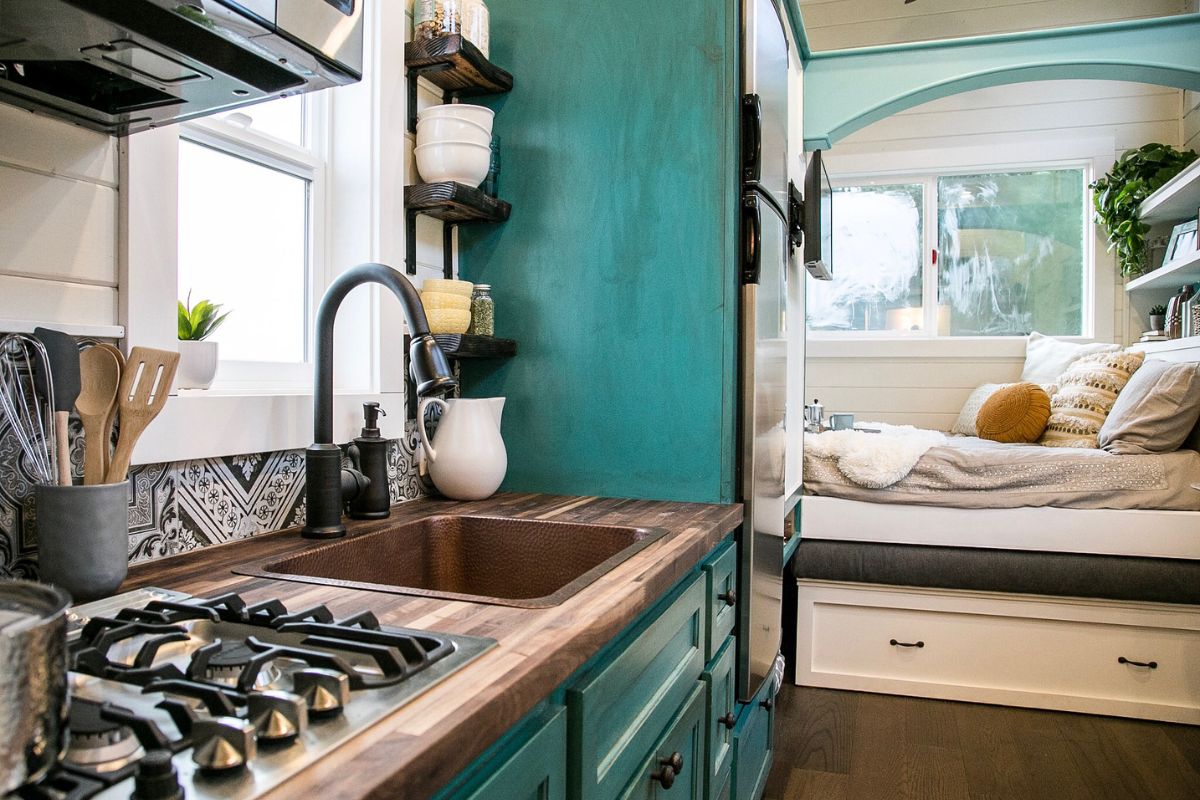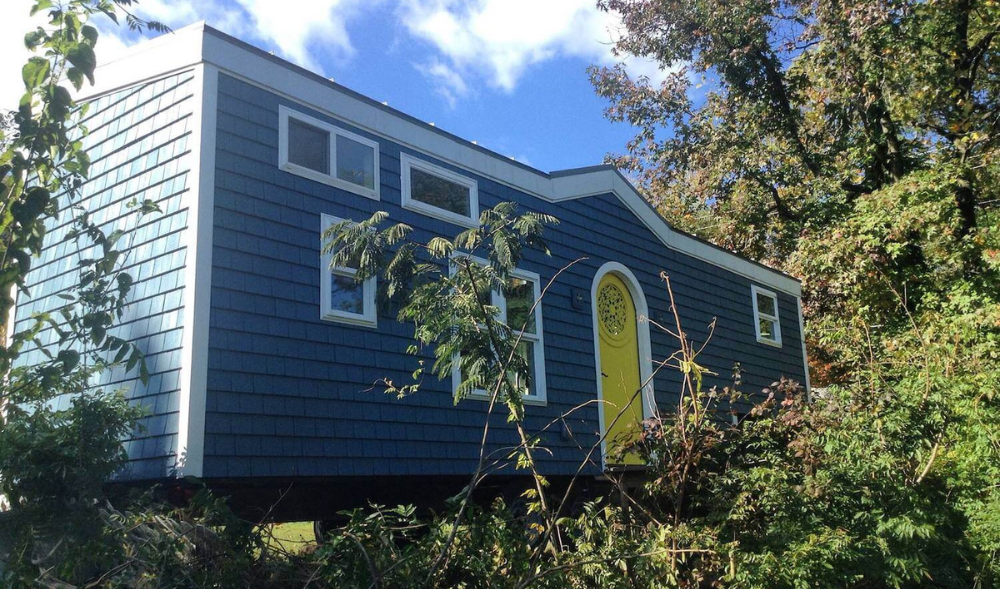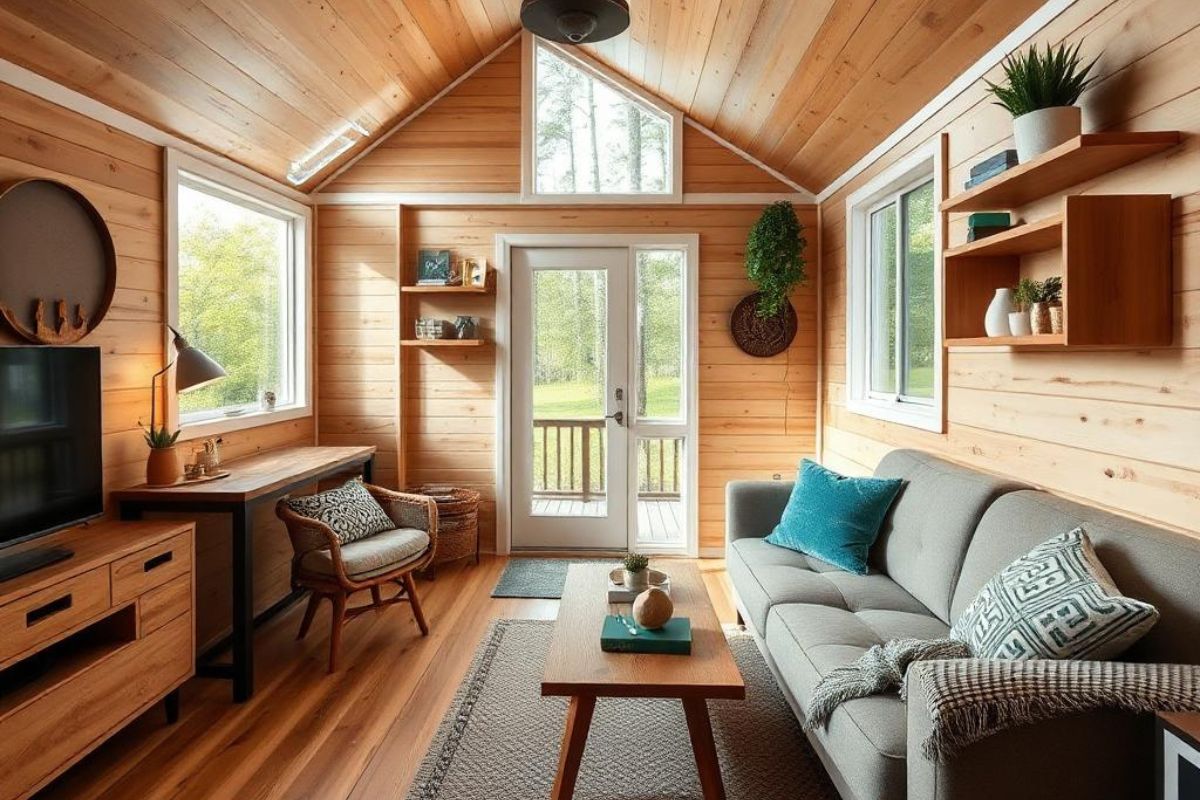Yes, you usually need official approval to build a cabin, even on your own land. Most cabins require planning permits, especially if you plan to use them as permanent residences or build in woodland areas. While some small, occasional-use cabins might not need permits, size, height, and location rules still apply. Ignoring these can lead to fines or demolition orders. If you want to understand exactly when permits apply and how to secure them, you’ll find valuable specifics just ahead.
Key Takeaways
-
Most permanent cabins require official approval from the local planning authority, regardless of whether they are on your own land.
-
Small, single-story cabins under 100 square feet and for occasional use may not need formal approval, but local rules vary.
-
Outbuildings must typically be at least two meters from property boundaries to qualify for any permit exemptions.
-
Building without proper permits can result in fines, demolition orders, and complications with property insurance or sales.
-
Always verify area-specific regulations with your local council before starting cabin construction to avoid costly mistakes.
Understanding When Cabin Permission Is Required
When exactly do you need permission to build a cabin? You’ll need official approval if your cabin’s meant for permanent residence.
If you’re building just for occasional use or enjoyment, you mightn't always need permission—especially if you stay within certain size and use limits. Local construction laws vary, so it’s essential to check your area’s specific rules before you start.
Don’t assume all cabins are treated the same. The growing popularity of cabins means authorities are paying closer attention.
Avoid costly mistakes by confirming requirements with the local council before buying materials or starting any work on your site.
Planning Permits and Building on Your Own Land
Although building on your own land gives you a sense of freedom, you’ll still need to navigate planning permits before starting cabin construction.
Even if the property is yours, local regulations dictate what you can build, where, and how. If your cabin is an outbuilding that meets set size and height limits—such as a maximum eaves height of 2.5 meters and ridge height of 4 meters—you mightn't need a permit, provided it's at least two meters from property boundaries.
Always consult your local council for precise requirements. Ignoring permits can lead to fines, legal trouble, or even demolition orders.
Key Regulations for Building in Woodland Areas
Before you start building a cabin in woodland areas, you need to understand that specific regulations apply beyond standard property rules.
You’ll typically need permission from the local planning authority, even if you own the land. Regulations focus on land use, environmental protection, and purpose—such as forestry work versus residential living.
Cabins intended for forestry-related stays may be allowed for limited periods, while residential use usually requires stricter approval.
Pay close attention to size, height, and boundary restrictions, as these often differ from standard lots.
Always consult your local council and review woodland-specific codes before beginning construction.

Situations Where a Cabin Can Be Built Without Approval
If you're considering building a cabin, you'll find that certain situations allow you to proceed without formal approval, provided you stay within specific limits set by local regulations.
Generally, you can build a single-story cabin as an outbuilding if it’s under 100 square feet, with a maximum eaves height of 2.5 meters and a ridge height of 4 meters for dual-pitched roofs.
Keep the structure at least 2 meters from property boundaries. Use is restricted to incidental enjoyment, not permanent residency.
Always check with your local council, as rules may vary, and professional advice helps guarantee compliance.
Risks and Penalties for Building Without Proper Permits
When you build a cabin without the proper permits, you expose yourself to a range of significant risks and legal penalties that can quickly outweigh any initial convenience or cost savings.
Local authorities can issue cease-and-desist notices, impose hefty fines, and even require you to tear down your cabin entirely. Technology allows inspectors to spot unpermitted structures, even in remote areas.
If you attempt to sell, unpermitted cabins complicate or derail transactions, often reducing property value. Non-compliance may also impact insurance coverage and future renovations.
Always weigh these risks carefully before proceeding without the necessary approvals for your cabin project.
How to Secure Necessary Permits for Your Cabin
Understanding the risks of building without permits highlights why you need to secure the correct approvals from the start.
Begin by contacting your local planning authority to determine which permits are required for your cabin’s size, use, and location. Verify your plans meet regulations on height, dimensions, and proximity to boundaries. Submit detailed drawings and applications as requested.
If building in woodland or on personal property, confirm additional zoning or land use requirements. Don’t rely on assumptions—always get written confirmation.
Taking these steps guarantees you avoid penalties, delays, and legal headaches, making your cabin project both lawful and straightforward.
Retroactive Permits and Pathways to Compliance
Although building your cabin without permits can seem like a shortcut, local authorities in many regions offer retroactive permits as a practical solution to bring non-compliant structures into legal standing.
If you’ve built or bought an unpermitted cabin, you can apply for a retroactive permit by submitting detailed plans and scheduling inspections.
Be prepared to address any code violations or make upgrades to meet current standards. This process can reduce fines and avoid potential demolition orders.
Always check your local rules, as requirements and eligibility for retroactive permits vary.
Consulting professionals guarantees you navigate compliance efficiently and avoid future legal complications.
Conclusion
Before you start building your dream cabin, make sure you’ve checked all the rules and secured the right permits. Even if your project seems small or remote, skipping approval can lead to hefty fines or forced tear-downs. Take the time to research local regulations and consult with your planning authority. By following the proper steps, you’ll protect your investment, avoid legal trouble, and enjoy your cabin retreat with total peace of mind. Don’t risk it—get approved first.






Share: